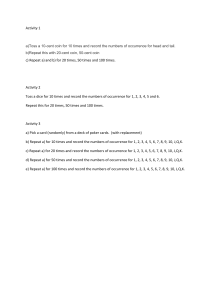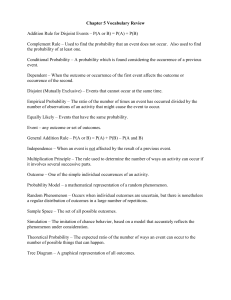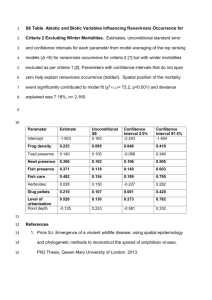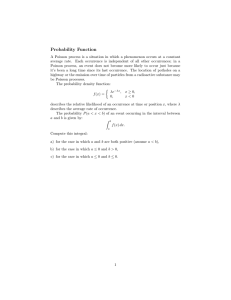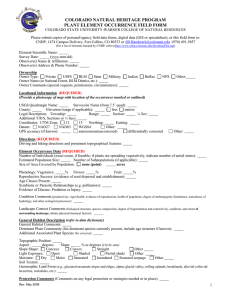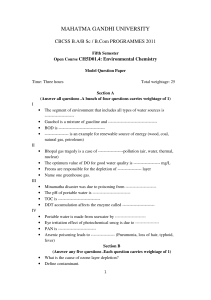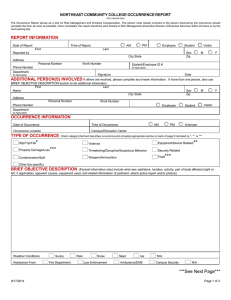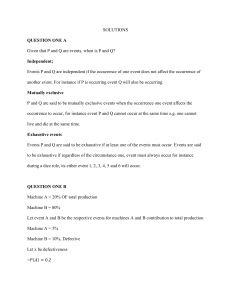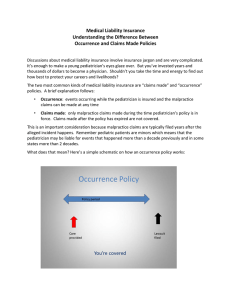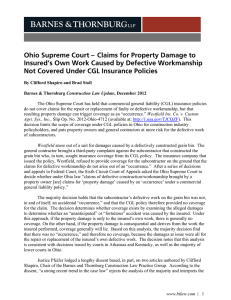Risk Management Plan
advertisement
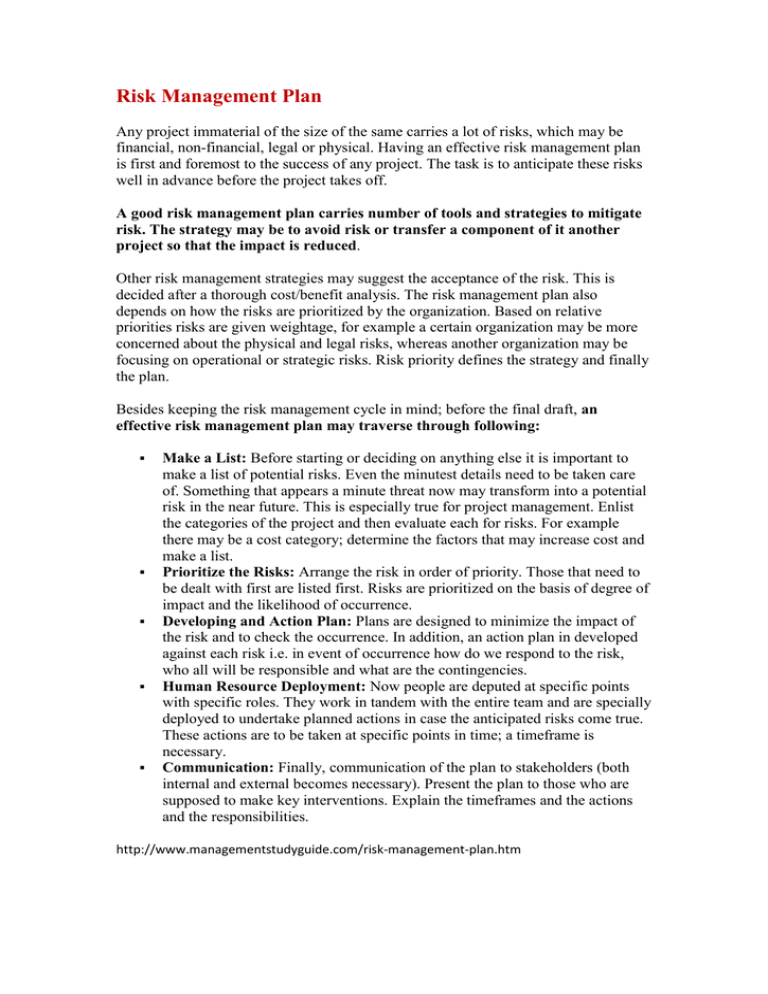
Risk Management Plan Any project immaterial of the size of the same carries a lot of risks, which may be financial, non-financial, legal or physical. Having an effective risk management plan is first and foremost to the success of any project. The task is to anticipate these risks well in advance before the project takes off. A good risk management plan carries number of tools and strategies to mitigate risk. The strategy may be to avoid risk or transfer a component of it another project so that the impact is reduced. Other risk management strategies may suggest the acceptance of the risk. This is decided after a thorough cost/benefit analysis. The risk management plan also depends on how the risks are prioritized by the organization. Based on relative priorities risks are given weightage, for example a certain organization may be more concerned about the physical and legal risks, whereas another organization may be focusing on operational or strategic risks. Risk priority defines the strategy and finally the plan. Besides keeping the risk management cycle in mind; before the final draft, an effective risk management plan may traverse through following: Make a List: Before starting or deciding on anything else it is important to make a list of potential risks. Even the minutest details need to be taken care of. Something that appears a minute threat now may transform into a potential risk in the near future. This is especially true for project management. Enlist the categories of the project and then evaluate each for risks. For example there may be a cost category; determine the factors that may increase cost and make a list. Prioritize the Risks: Arrange the risk in order of priority. Those that need to be dealt with first are listed first. Risks are prioritized on the basis of degree of impact and the likelihood of occurrence. Developing and Action Plan: Plans are designed to minimize the impact of the risk and to check the occurrence. In addition, an action plan in developed against each risk i.e. in event of occurrence how do we respond to the risk, who all will be responsible and what are the contingencies. Human Resource Deployment: Now people are deputed at specific points with specific roles. They work in tandem with the entire team and are specially deployed to undertake planned actions in case the anticipated risks come true. These actions are to be taken at specific points in time; a timeframe is necessary. Communication: Finally, communication of the plan to stakeholders (both internal and external becomes necessary). Present the plan to those who are supposed to make key interventions. Explain the timeframes and the actions and the responsibilities. http://www.managementstudyguide.com/risk-management-plan.htm
